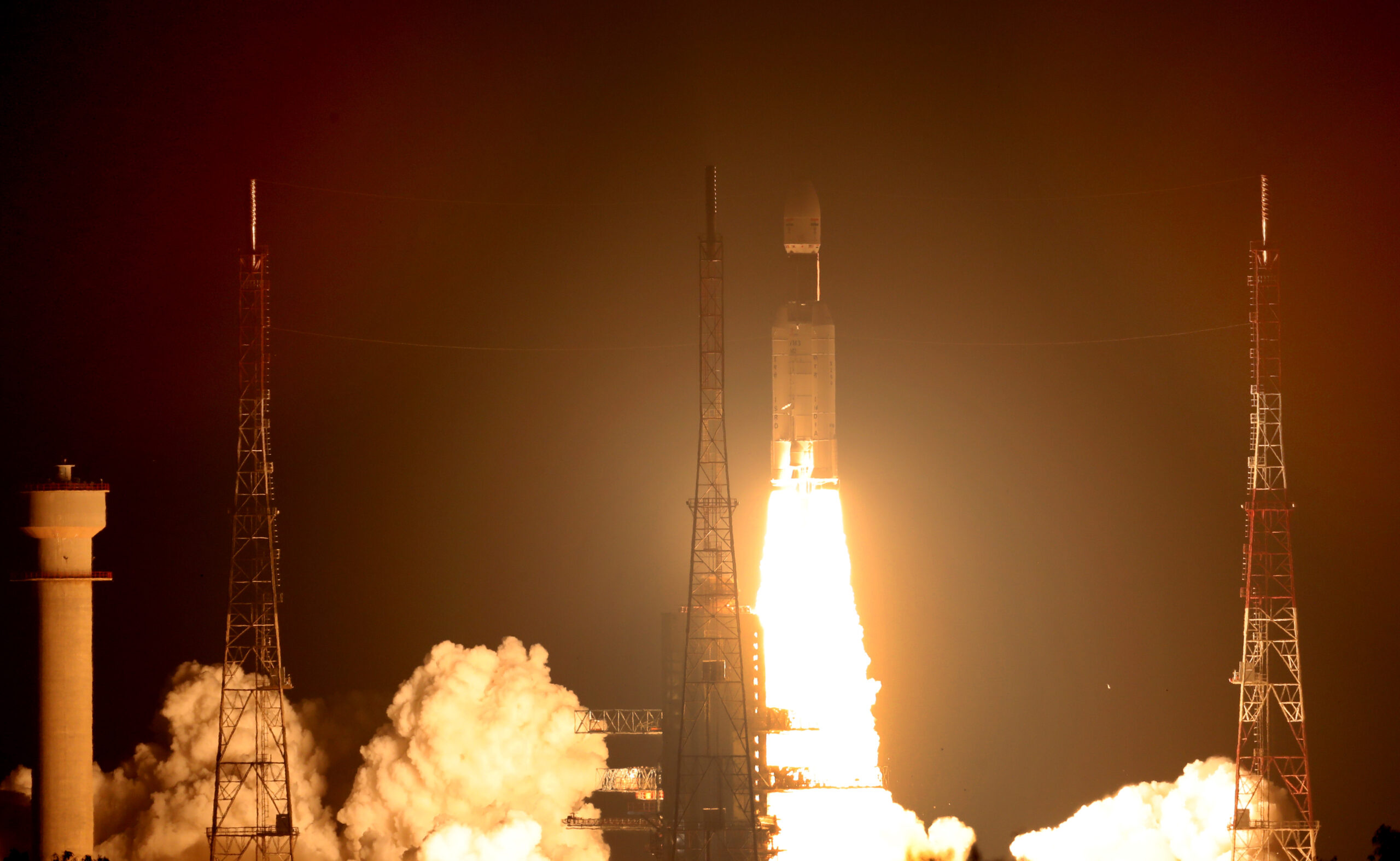Latest News

ISRO launched 36 satellites for OneWeb from India on the LVM3 rocket on Oct. 23, 2022.
New OneWeb satellites joined its constellation for the first time over the weekend since February after the Indian Space Research Organisation (ISRO) resumed launches for the broadband operator.
OneWeb launches had been suspended since March after Russian space agency Roscomos placed intense demands on OneWeb, launcher Arianespace, and the United Kingdom government, amid the war in Ukraine. OneWeb, which had previously only launched with Arianespace, signed a flurry of launch agreements with ISRO, SpaceX, and Relativity in the following months to secure launch capacity for its growing constellation.
NewSpace India Limited (NSIL) and ISRO conducted the launch on Sunday, Oct. 23 from the Satish Dhawan Space Centre (SDSC- SHAR) in Sriharikota, India, carrying 36 satellites to orbit. It was the first commercial launch using the LVM3 rocket.
“The successful launch of 36 OneWeb satellites via the GSLV-MkIII is a historic moment for NSIL and ISRO. We worked closely with the OneWeb team to support this milestone launch, which has been accomplished in a record time of a few months, while also illustrating the opportunities for satellite connectivity in India,” said Radhakrishnan D, chairman and managing director of NSIL.
This is OneWeb’s 14th launch, bringing the constellation to 462 satellites, 70% of its planned first generation satellite fleet. OneWeb said it is on track to activate global coverage in 2023, while its connectivity solutions are already live in regions north of 50-degrees latitude.
OneWeb, backed by Bharti Global, also has a commitment to provide connectivity across India by 2023, including serving enterprises, towns, villages, municipalities, and schools.
“This new phase of our launch program from India brings us a step closer to not only enhancing our global coverage but also delivering connectivity in India and South Asia, particularly to the communities who need it most,” commented Sunil Bharti Mittal, executive chairman of OneWeb.
OneWeb is currently in talks with Eutelsat as part of the merger in progress about the design of its second generation constellation, which executives say will be designed with native compatibility with GEO with space and ground segments, as well as the user terminals.
Get the latest Via Satellite news!
Subscribe Now